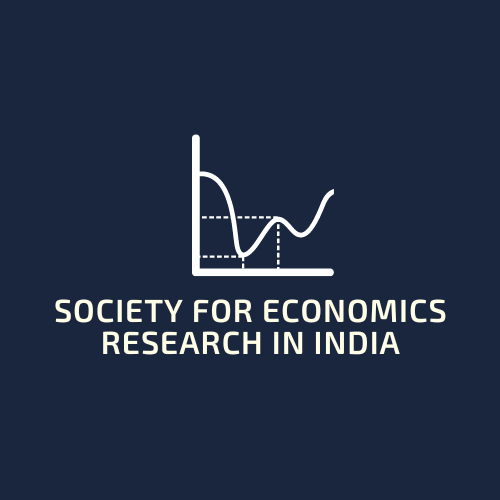Condorcet Jury Theorem in a Spatial Model of Elections
Authors: Sourav Bhattacharya
Abstract: Two alternatives P and Q are in contention. There are two states and each state identifies a location of P and Q on the unidimensional policy space. Voters have noisy information about the state. We provide a characterization of limit equilibrium outcomes as the electorate increases unboundedly. If P lies on the same side of Q in both states, then information aggregation is guaranteed. If P is to the right of Q in one state and to the left of Q in the other, then there are three distinct equilibrium sequences, only one of which is full information equivalent. This shows how distributional uncertainty leads to failure of information aggregation.
